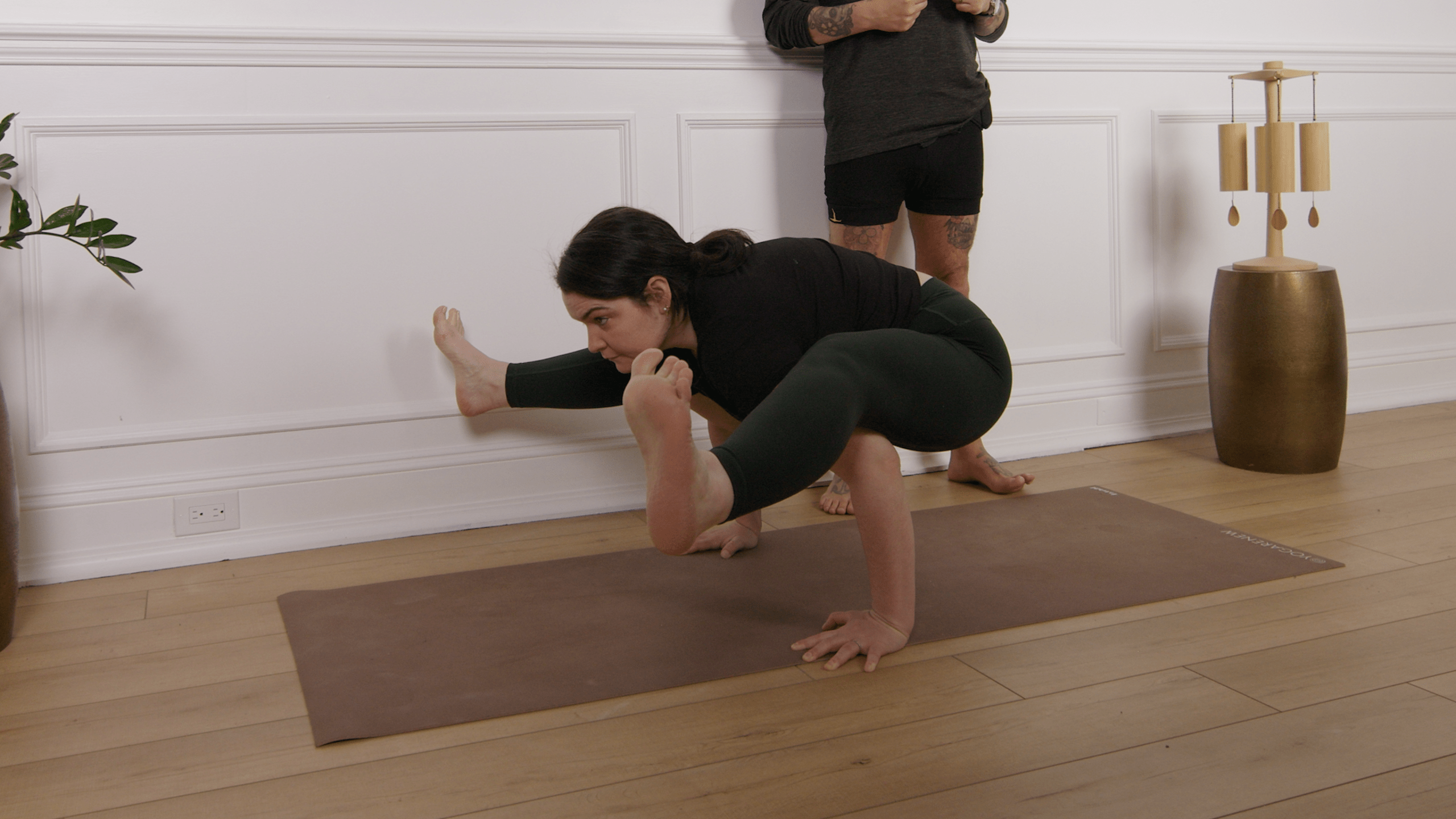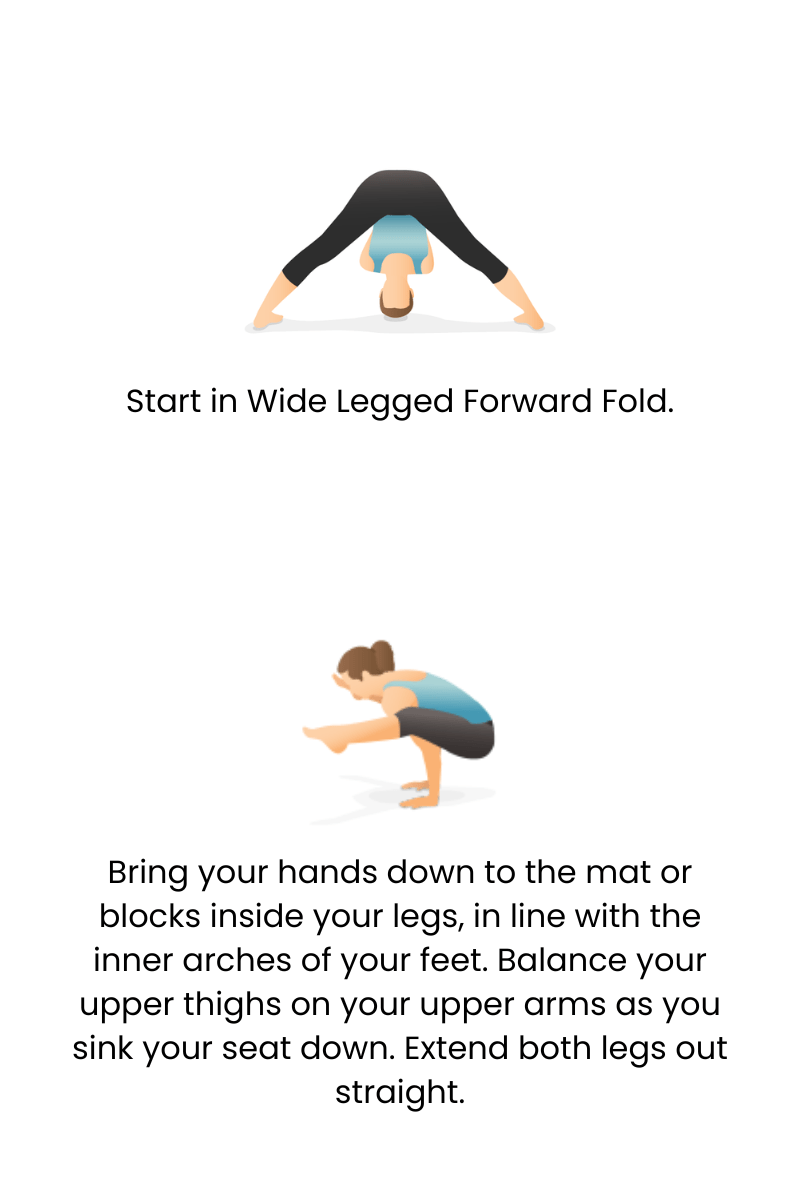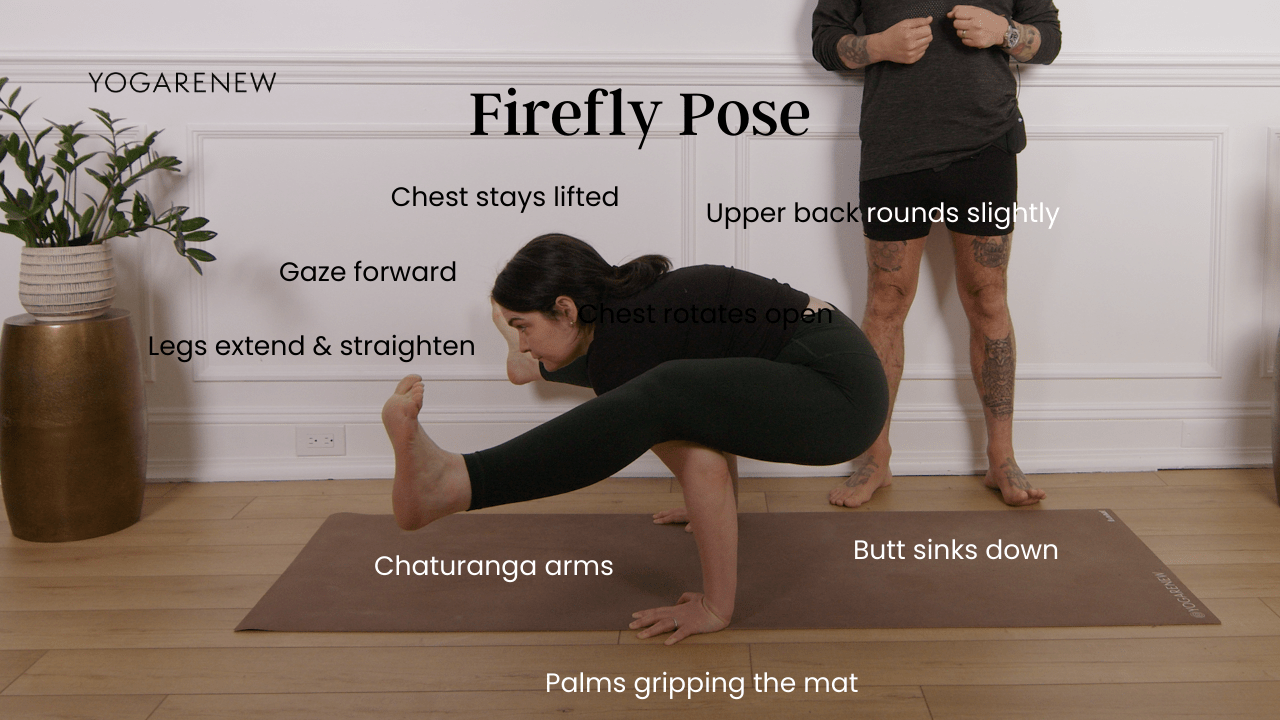What is Firefly Pose?
English Name: Firefly Pose
Sanskrit Name: Tittibhasana (pronounced tit-tee-BAHS-uh-nuh)
Category: Arm Balance, Core, Flexibility, Advanced

English Name: Firefly Pose
Sanskrit Name: Tittibhasana (pronounced tit-tee-BAHS-uh-nuh)
Category: Arm Balance, Core, Flexibility, Advanced
Firefly Pose, or Tittibhasana, is an advanced arm balance that combines core strength, hamstring flexibility, and shoulder stability. Named after the “firefly” for its floating, light appearance, this pose requires both power and openness, offering a deep sense of energetic lift and mental focus.
Often practiced in more advanced sequences or as a peak posture, Firefly Pose challenges your ability to engage the core while finding length through the spine and legs. It cultivates resilience, balance, and a sense of lightness in body and mind.


Tittibhasana is a strong yet graceful pose that teaches control, confidence, and coordination. It invites practitioners to explore their edge—mentally and physically—while balancing strength with openness. As you lift and extend through the limbs, Firefly challenges you to stay light, focused, and rooted in breath. It’s not just a test of power—but of patience and presence.
Not fully, but a good degree of flexibility helps. You can keep the knees bent and work gradually.
Generally yes—it requires more hamstring openness and core engagement, but they share similar principles.
Yes! Blocks under the hands or straps around the arms can be helpful as you build strength and mobility.

Explore classes & pose tutorials for any style, format, duration or experience level with a free account in the YogaRenew app. Or subscribe and gain access to workshops, live classes and more.